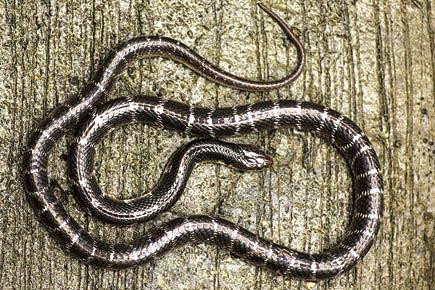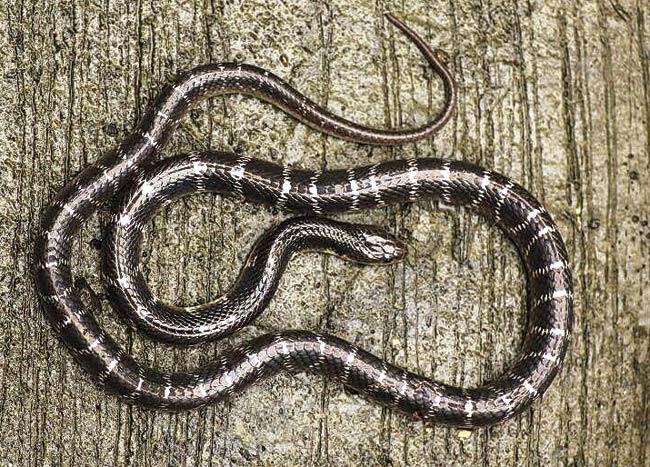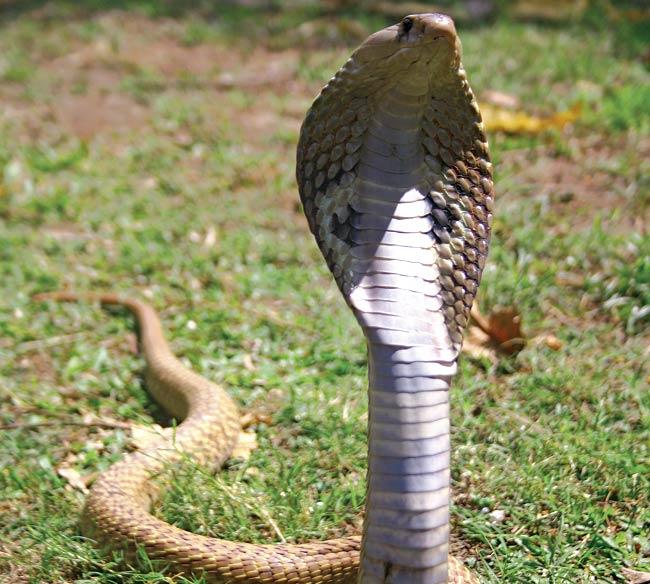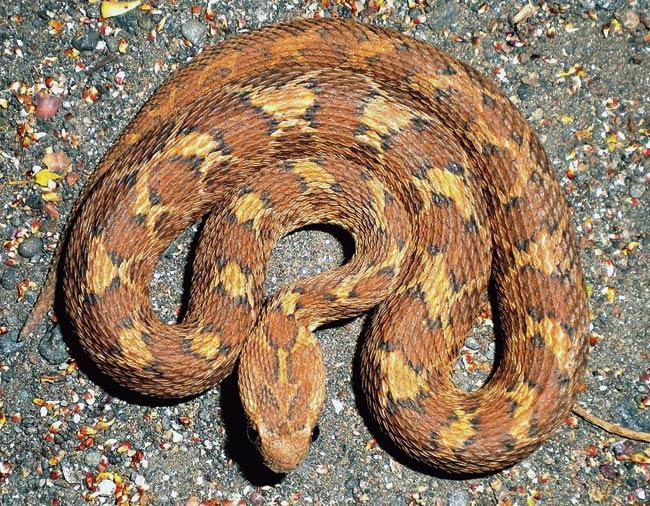With the trekking season nearing, enthusiasts must watch out for snakes to prevent casualties by maintaining a safe distance from the reptile whether venomous or not

While monsoon is the favourite season among trekking enthusiasts, it is also a season when trekkers encounter snakes more often. The number of snakebites recorded last monsoon stood at 30.
ADVERTISEMENT
“In most of the snakebite cases attended by RAWW volunteers, we saw that 70% of them were by non-venomous snakes. And the remaining venomous bites were an outcome of human error,” said Pawan Sharma, the founder of Resqink Association for Wildlife Welfare (RAWW), an animal welfare NGO.
Expertspeak
“The neurotoxic venom found in a cobra and a krait works in two different ways. First, it attacks the post-ganglion part of the cells, followed by the pre-ganglion part. They stop the neurotransmission and affect chemical signals that are responsible for carrying messages. The haemotoxic venom affects the cells and starts destroying the tissue by attacking the cells,” said Zeeshan Mirza, a researcher at the National Centre for Biological Sciences.
India's big four

Krait: The identification colour of this venomous snake is black or bluish, with white bands across its body (mostly from mid-body up to the tail). It has smooth glossy scales, with a black-coloured head and white lower lip. It feeds on other snakes, mice, frogs, and lizards. It is a shy, nocturnal reptile, and will only bite in self-defence upon provocation. Venom type: Neurotoxic

Cobra: The colour varies from brown, black, yellow to grey. It has large nostrils, and black eyes with round pupils. A spectacle mark is visible when the reptile spreads its hood. It feeds on toads, frogs, mice, lizards, small birds and their eggs, and even small snakes. The female lays eggs a minimum 10 to 15. It is diurnal as well as nocturnal. If disturbed or threatened, a cobra lifts its body above the ground and spreads the hood to look intimidating. A cobra’s vision is binocular due to its triangular head. Venom type: Neurotoxic

Russell’s viper: This snake can be easily identified by its flat triangular head and stout body. Brown in colour, the snake sports three rows of dark-brown oval marks with white or a light-coloured border along its back. Its pupils are vertical and it feeds on rats, small mammals and lizards. The snake is viviparous and the female can give birth to 60 offsprings at a time. It coils itself upon feeling threatened, and produces a loud hissing sound similar to that of a pressure cooker. Venom type: Haemotoxic. Pics/Ranjeet Jadhav

Saw-scaled viper: The snake can be identified by its dark or light-brown colouration, with white spots on its back. Two white lines like waves are present along its length. Its head has a spear mark. It has large golden eyes with black vertical pupils, and a short tail. Its food is lizards, geckos and small rodents. The female directly gives birth to 12 to 15 young ones. If threatened, it coils around itself and rubs its scales against each other, producing a sound resembling a saw cutting wood. It is active during day and night. Venom type: Haemotoxic.
 Subscribe today by clicking the link and stay updated with the latest news!" Click here!
Subscribe today by clicking the link and stay updated with the latest news!" Click here!






